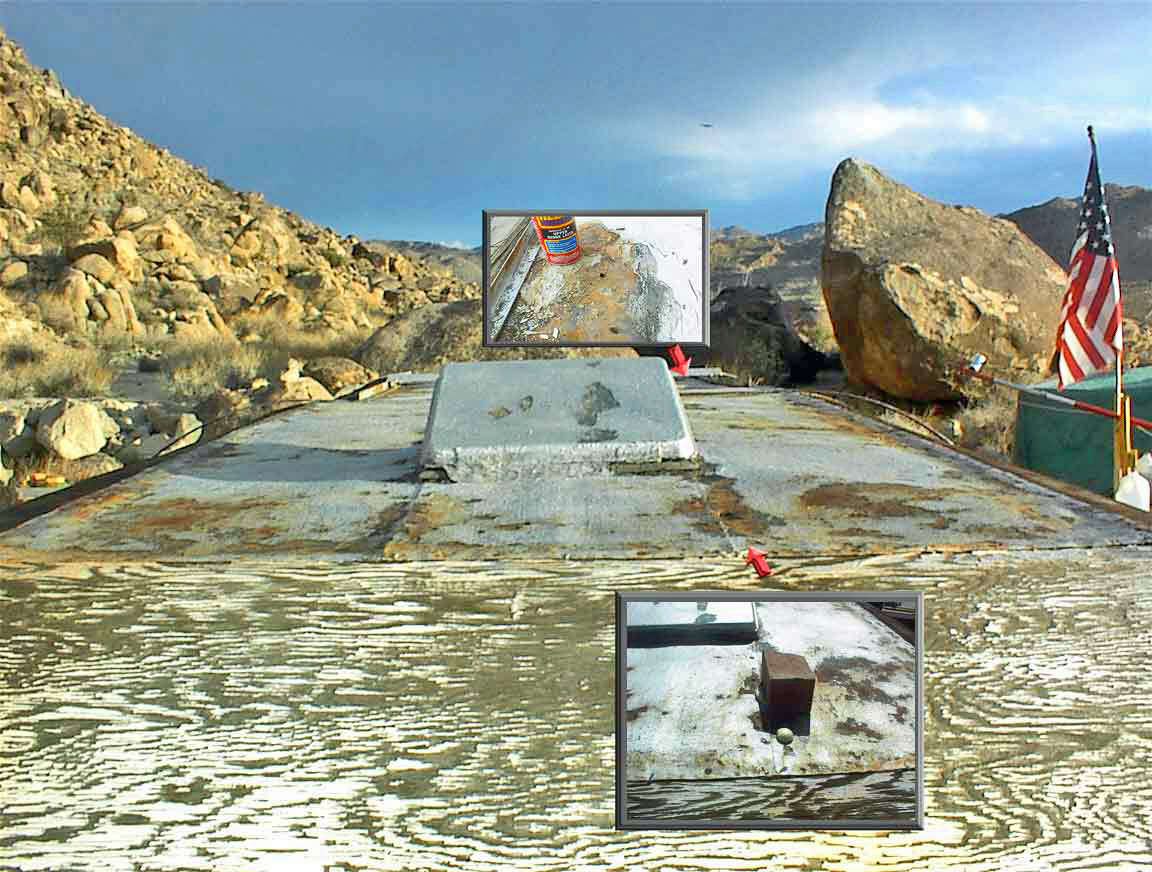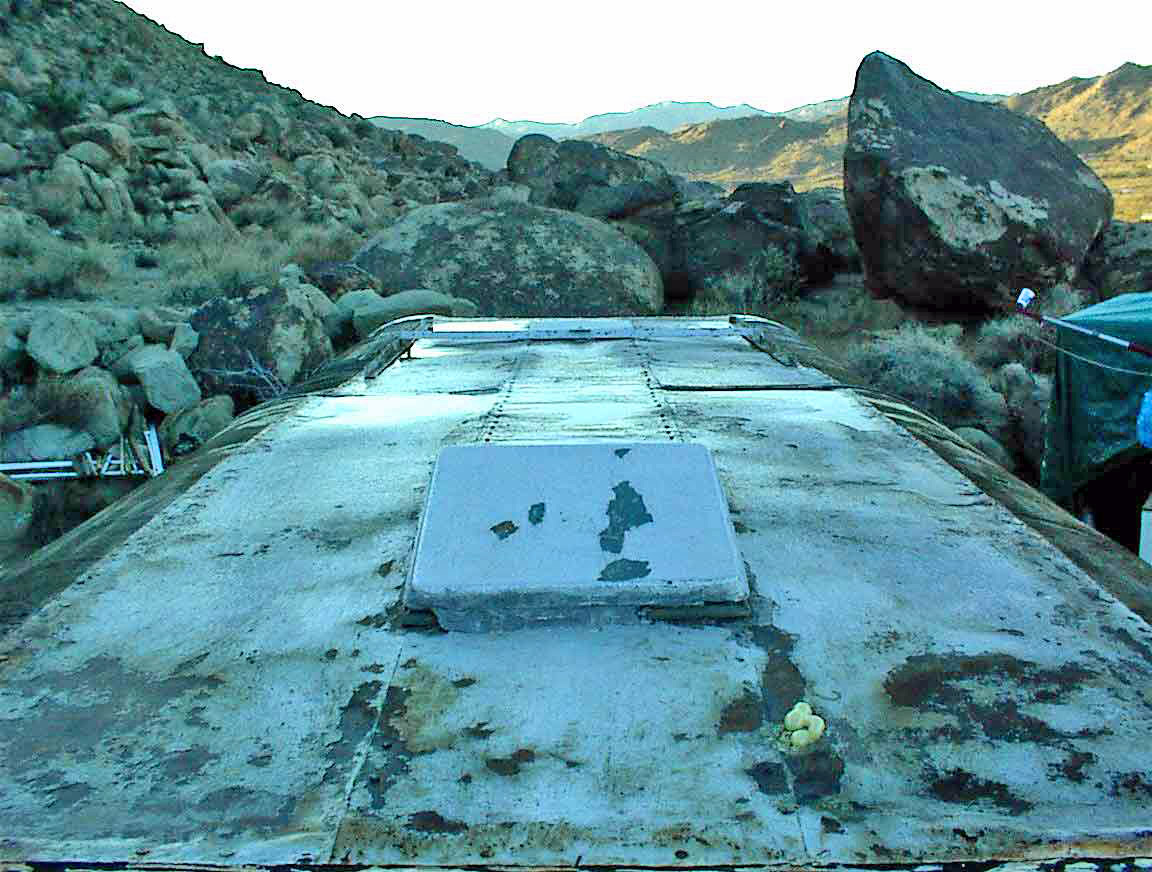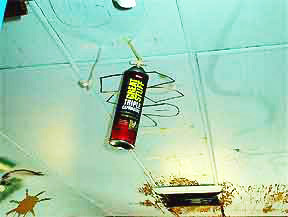|
I like foam. Now that it is non-toxic and no longer harms the ionosphere, I can use it in good conscience. It seems to be a wonderful invention that solves all kinds of problems. Everything it touches bonds together. It fills cavities. It adds strength. It insulates. It waterproofs. It soundproofs. It is easy to use and easy to clean up --- if it is done properly.
When it contacts moisture in the air, it expands. If too little is injected, then it does not reach its full potential. If too much is injected, it begins to push things apart. I prefer to go for the latter, reinforcing where necessary. It does not push too hard – masking tape over a dime size hole is enough to stop it. On the other hand, it can bulge a linoleum bathtub wall if the wall is not temporarily braced.
It can even be used under water, though it will disintegrate in hot water and coat everything with a sticky mess. It will also evaporate in the direct rays of the sun, so exposed foam must be painted or wood filled over.
One additional advantage: it shuts out the mice, bats, spiders, bugs and anything else that might try to find its way in.
Caution: It must be a fresh can that has been stored indoors. If it has been through a freeze outdoors in your shed, do not use it. It looses its abilty to expand and is now just a sticky liquid. Throw in a hazardous waste bin, or the trash
|






























